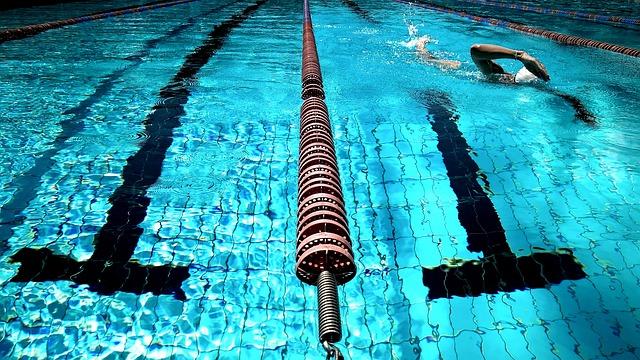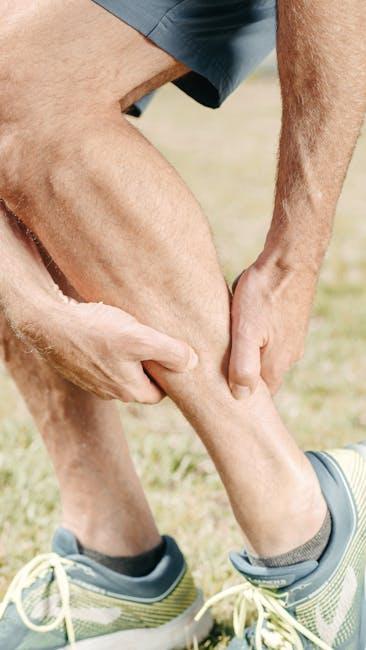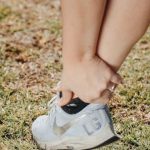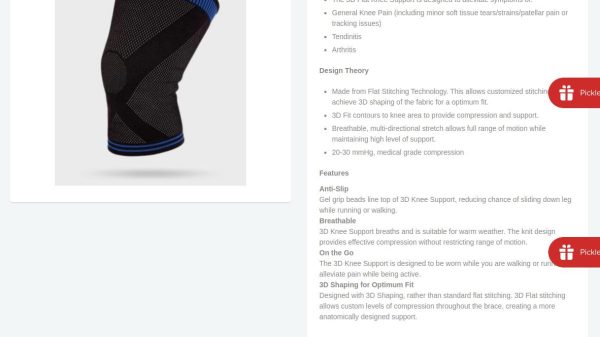Mountain biking is an exhilarating sport that offers a unique blend of adventure, fitness, and connection with nature. However, like any high-intensity activity, it comes with its share of risks, and injuries can sometimes be an unfortunate part of the journey. While the path to recovery may seem daunting, it also opens the door to rebuilding strength, resilience, and perhaps discovering new facets of fitness. This article is designed to guide you through the best recovery workouts after a mountain biking injury, offering practical advice and exercises that not only aid in healing but also boost your overall well-being. With a focus on optimism and progress, we’ll explore effective strategies to help you regain your strength, enhance flexibility, and ultimately get you back on the trails with renewed confidence. Whether you’re dealing with a minor setback or a more serious injury, these recovery workouts are tailored to support your journey towards full recovery, ensuring you return to mountain biking stronger and more prepared than ever.
Gentle Yoga Poses to Rebuild Strength and Flexibility
After a mountain biking injury, gentle yoga poses can play a crucial role in regaining both strength and flexibility. These poses are designed to be low-impact, focusing on slow and deliberate movements that enhance muscle recovery and joint mobility. By incorporating yoga into your recovery routine, you not only promote physical healing but also foster mental well-being.
- Child’s Pose (Balasana): This resting pose stretches the back, hips, and thighs, offering a gentle release for tight muscles.
- Cat-Cow Stretch: Improve spinal flexibility and ease tension in the back with this dynamic movement that combines arching and rounding the spine.
- Downward-Facing Dog (Adho Mukha Svanasana): A staple in yoga practice, this pose strengthens the arms and legs while stretching the entire body.
- Low Lunge (Anjaneyasana): Ideal for opening the hips and strengthening the legs, this pose helps to improve balance and coordination.
- Supine Spinal Twist (Supta Matsyendrasana): Gently twist the spine to release tension and improve flexibility, while also aiding digestion and circulation.
Consistently practicing these poses can help you gradually rebuild your physical strength and flexibility, paving the way for a smoother and more confident return to mountain biking.

Pool Exercises for Low-Impact Rehabilitation
Embracing water-based activities can be a game-changer in your recovery journey, offering a gentle yet effective way to rebuild strength and mobility. The buoyancy of water reduces stress on injured joints and muscles, allowing you to perform movements with ease. Pool exercises can help enhance your range of motion, improve balance, and strengthen core muscles without the impact stress of land-based workouts.
Consider incorporating the following exercises into your routine:
- Water Walking: Begin by walking in waist-deep water. Focus on maintaining an upright posture and engage your core. This activity helps build leg strength and improves cardiovascular fitness.
- Leg Swings: Stand at the side of the pool, holding onto the edge. Gently swing one leg forward and backward, then side to side. This movement aids in increasing flexibility and hip mobility.
- Flutter Kicks: While holding onto a kickboard or the pool’s edge, extend your legs behind you and perform a flutter kick. This exercise targets the lower body and boosts endurance.
- Arm Circles: Submerge your arms and make circular motions, both forward and backward. This simple yet effective move strengthens shoulder muscles and improves coordination.
Incorporating these exercises into your rehabilitation program not only supports physical healing but also promotes a sense of achievement and well-being. With consistent practice, you’ll be back on the trails, ready to conquer new adventures.

Mindful Breathing Techniques to Enhance Healing
Incorporating mindful breathing into your recovery routine can be a transformative practice that enhances the healing process after a mountain biking injury. By focusing on deep, intentional breaths, you activate the parasympathetic nervous system, which promotes relaxation and reduces stress. This, in turn, can help to decrease inflammation and encourage faster recovery. Here are some simple techniques to get you started:
- 4-7-8 Breathing: Inhale deeply through your nose for a count of four, hold your breath for seven counts, and exhale slowly through your mouth for eight counts. This method helps to calm the mind and body, creating an optimal environment for healing.
- Diaphragmatic Breathing: Also known as belly breathing, this technique involves inhaling deeply so your belly rises, rather than your chest. Place one hand on your chest and the other on your abdomen to ensure you’re breathing correctly. This practice not only reduces tension but also increases oxygen flow to injured areas.
- Box Breathing: Visualize a box as you breathe in for four counts, hold for four, exhale for four, and pause for four. This technique is excellent for grounding yourself and fostering a sense of calm, which can be especially beneficial when dealing with pain or discomfort.
Implementing these breathing exercises into your daily routine can significantly support your body’s natural healing processes, making your recovery journey more effective and less stressful.
Nutrition Tips to Support Recovery and Boost Energy
Fueling your body with the right nutrients is crucial for speeding up recovery and keeping your energy levels high after a mountain biking injury. Incorporate foods rich in protein such as lean meats, eggs, and plant-based options like tofu and legumes to help repair damaged tissues. Don’t forget about healthy fats from sources like avocados, nuts, and olive oil, which are essential for reducing inflammation and promoting overall health.
- Hydration is key: Keep your body well-hydrated with water and electrolyte-rich beverages. Coconut water and sports drinks can be excellent choices for maintaining balance.
- Include anti-inflammatory foods: Berries, leafy greens, and fatty fish like salmon are packed with antioxidants and omega-3 fatty acids that can help ease inflammation and speed up healing.
- Carbohydrates for energy: Opt for complex carbs such as whole grains, sweet potatoes, and quinoa to sustain energy levels and replenish glycogen stores.
- Vitamins and minerals: Ensure you’re getting enough vitamin C, zinc, and calcium by consuming citrus fruits, seeds, and dairy products to support your immune system and bone health.










